Chinese made easy with ’Chineasy’ by Noma Bar and ShaoLan Hseuh
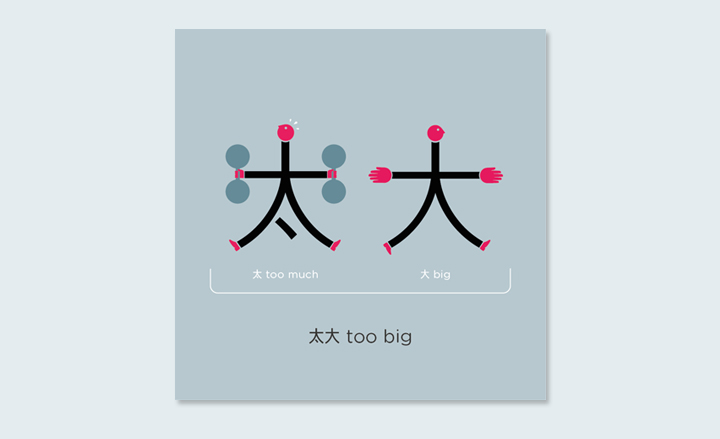
The brainchild of tech entrepreneur and self-confessed geek ShaoLan Hseuh, Chineasy is an attempt to bridge the linguistic gap between the West and China. Essentially, her system turns notoriously inscrutable (for users of the Latin alphabet anyway) Chinese characters into simple illustrations - by Wallpaper* regular Noma Bar - and then into compound phrases and illustrations.
For ShaoLan, born in Taipei but based in London, Chineasy is more than creating a new model of a phrasebook. It’s an attempt to open a new route into the Chinese language and culture.
A one-month Kickstarter campaign launches on 24 July, aiming to raise £75,000 to fund further development of the project. A website is already up and running with plans to publish a 192-page book and e-book this December, though ShaoLan is convinced the Chineasy system has potential across other media.
We talked to Noma Bar, raised and educated in Israel but now based in London, about his involvement in the Chineasy project.
What appealed about this project?
When they first came to me, they were talking about just providing illustrations to go next to the characters. I wasn’t really interested because that’s not what I do but then I had the idea of building the characters into the illustrations and it became really interesting. And was a much better fit with what I do as an illustrator.
I set myself strict rules; that the character should form 80 or 90 per cent of the illustration so the illustrative element should be really minimal. It has been a real effort to reduce and reduce.
How far have you got?
Well, there are 20,000 characters in the Chinese language and I think we have done about 100. But now we are trying to move things along and I’m working on using the characters to tell a story.
I love the explanations of what the compound characters mean and why. It must have made the project even more complicated though, in terms of thinking about how the characters were going to work in these compound forms?
Wallpaper* Newsletter
Receive our daily digest of inspiration, escapism and design stories from around the world direct to your inbox.
Yeah, the compounds are still a bit of a work in progress to be honest. Some of them don’t really make sense illustratively yet but we are working on it.
Character-based languages are intimidating if you are used to the Latin alphabet. It’s so hard to find a way in. And this project offers a way in.
Well, the Hebrew language isn’t based on the Latin alphabet so I was used to that. And it’s read from right to left so I was used to that too. Actually for a long time I had been thinking about doing something similar with the Hebrew alphabet, with ‘alef’ as an apple and ‘bet’ for butterfly.
Also, I studied typography and calligraphy – and ShaoLan’s mother is a calligrapher - so we understood the power of the stroke and making the character the hero of the illustration.
The Chinese characters remind me of Egyptian hieroglyphs in a way, if you really dig inside them they do have an illustrative element. They have developed over time but if you look hard enough you can find it.
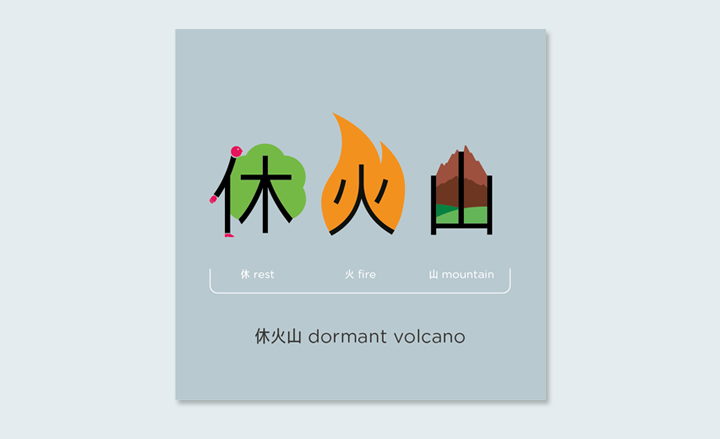
The brainchild of tech entrepreneur and self-confessed geek ShaoLan Hseuh, Chineasy aims to bridge the linguistic gap between the West and China
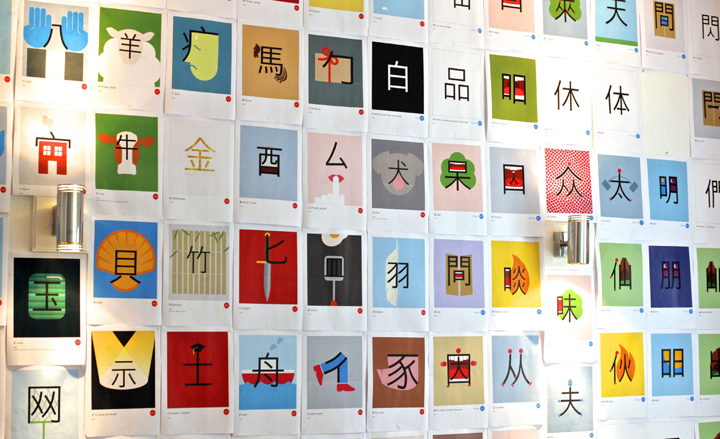
There are 20,000 characters in the Chinese language; so far Noma has only illustrated about 100 but is now working on the characters to tell a story
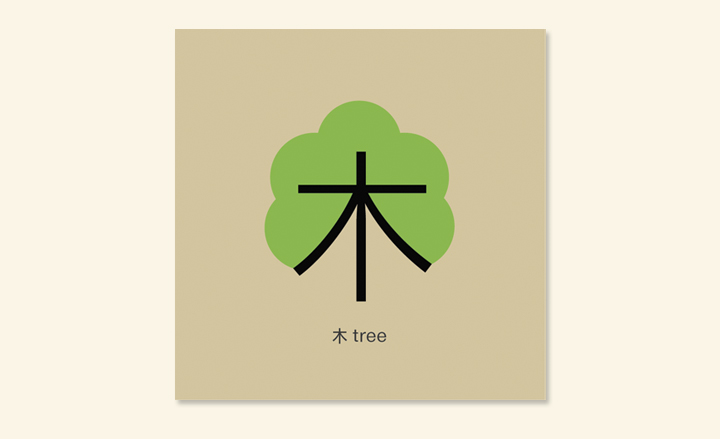
Initially, the brief was to provide illustrations to go next to the characters. Noma explains 'I wasn’t really interested because that’s not what I do but then I had the idea of building the characters into the illustrations and it became really interesting.'
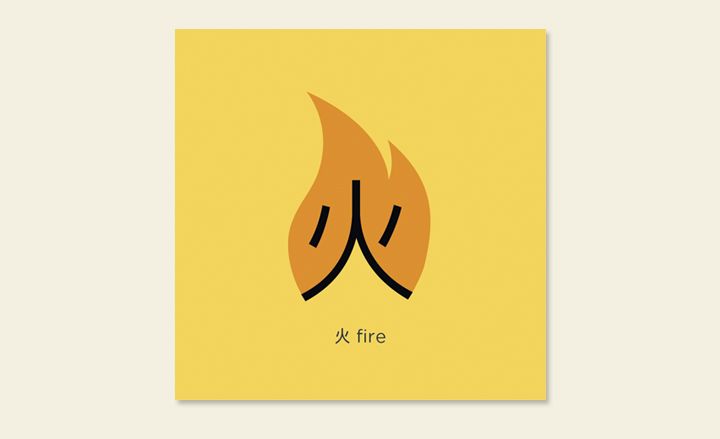
'I set myself strict rules; that the character should form 80 or 90 per cent of the illustration so the illustrative element should be really minimal' said Noma. 'It has been a real effort to reduce and reduce.'
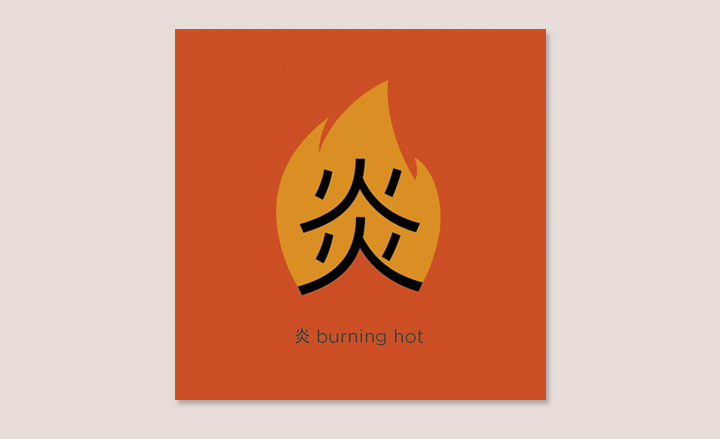
According to Noma, the Chinese characters are in a way reminiscent of Egyptian hieroglyphs, if you really dig inside them they do have an illustrative element. They have developed over time but if you look hard enough you can find it

For ShaoLan, Chineasy is more than creating a new model of a phrasebook. It’s an attempt to open a new route into the Chinese language and culture
-
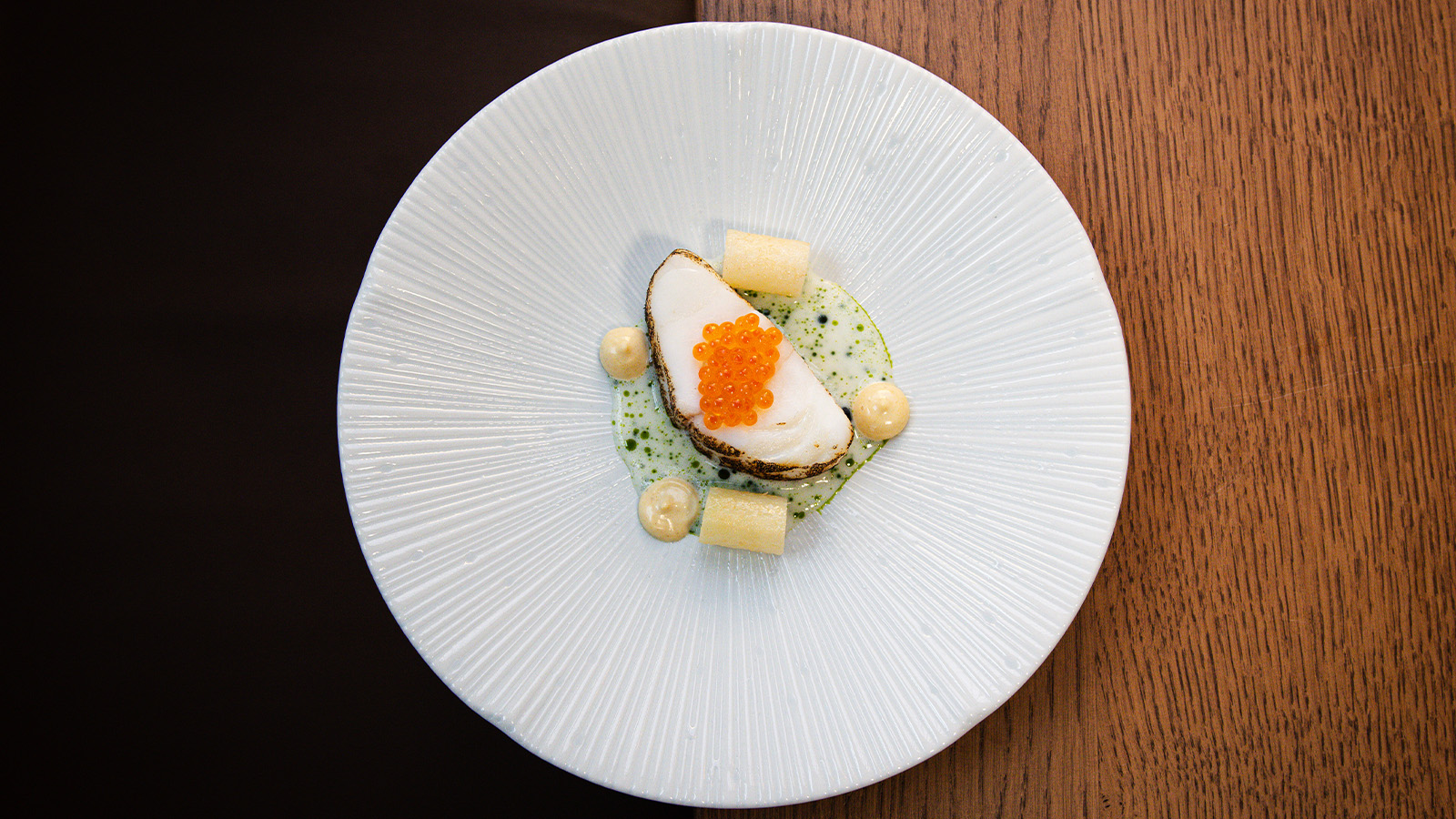 In Wales, Michelin-starred Gorse celebrates the country’s abundant larder
In Wales, Michelin-starred Gorse celebrates the country’s abundant larderGorse is the first Michelin-starred restaurant in Cardiff, putting Welsh cuisine on the map. We speak with chef and founder Tom Waters about the importance of keeping culinary traditions alive
By Tianna Williams
-
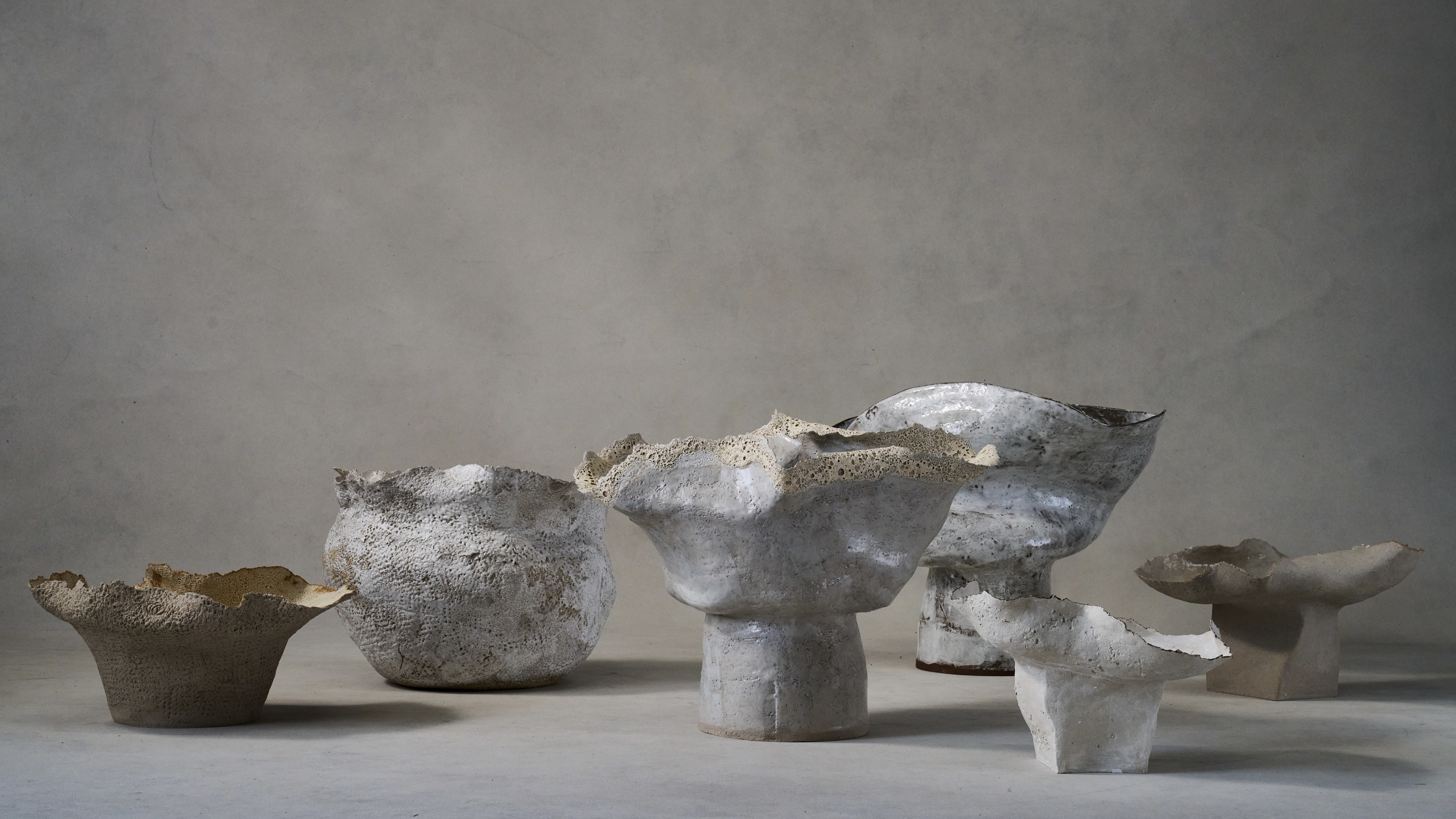 Ludmilla Balkis’ organic, earthy ceramics embody the Basque countryside
Ludmilla Balkis’ organic, earthy ceramics embody the Basque countrysideThe sculptor-ceramicist presents a series inspired by and created from found natural objects in a New York exhibition
By Anna Solomon
-
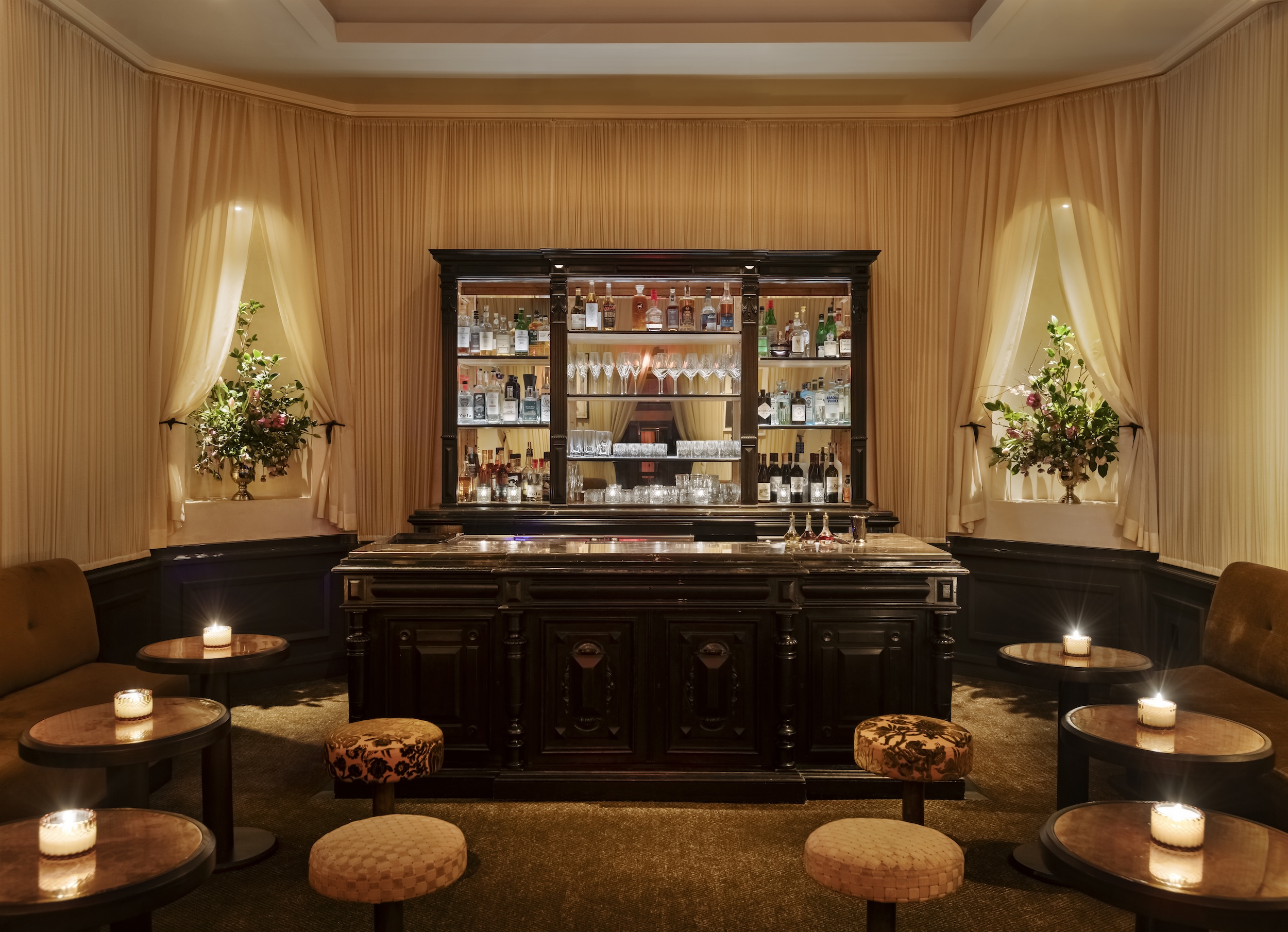 At this secret NYC hangout, the drinks are strong and the vibes are stronger
At this secret NYC hangout, the drinks are strong and the vibes are strongerFor People's bar, Workstead serves up a good time
By Anna Fixsen
-
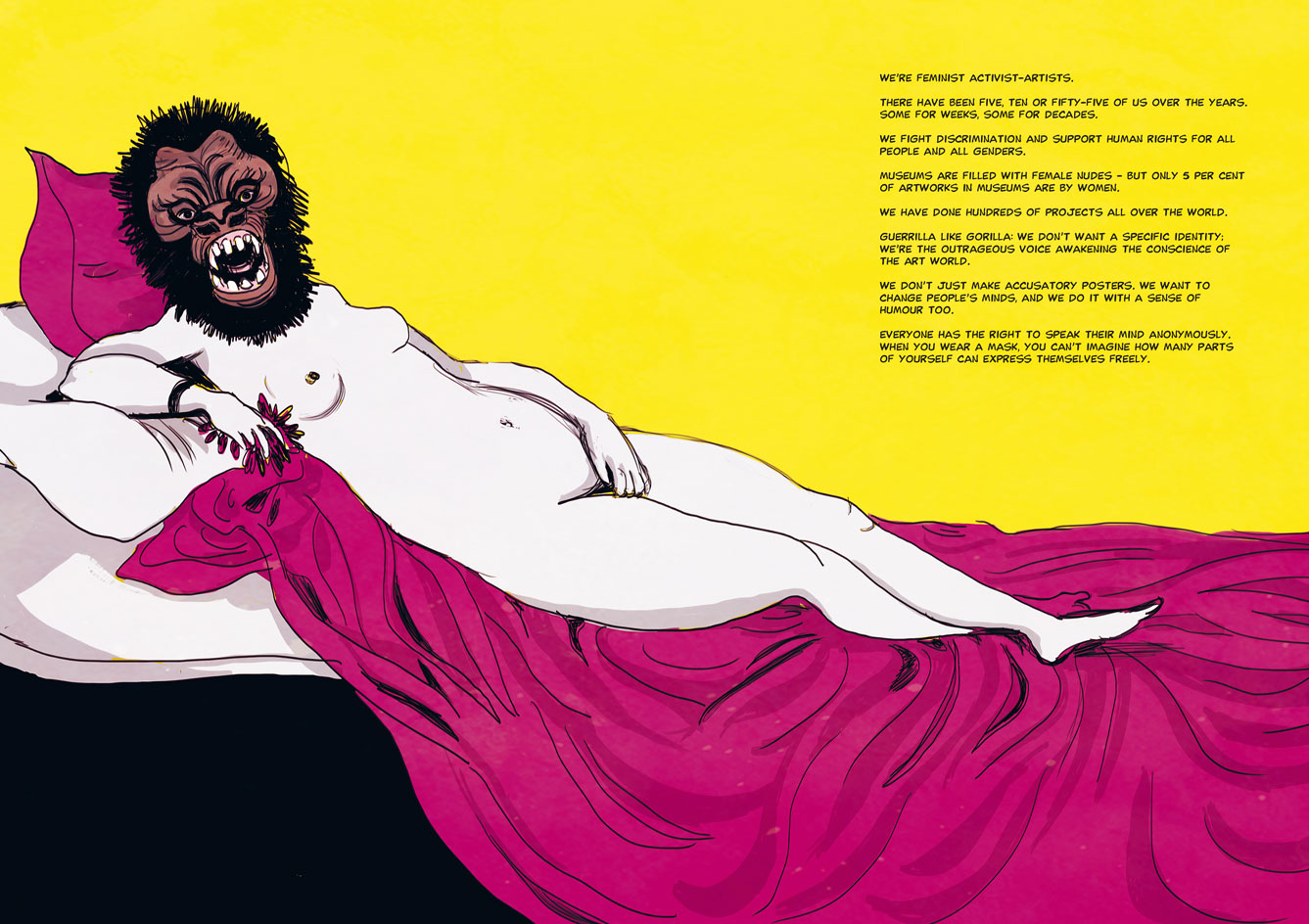 Feminist art: a graphic history
Feminist art: a graphic historyA new graphic novel, The Women Who Changed Art Forever, by Valentina Grande and Eva Rosetti, tells the story of feminist art through four pioneers: Judy Chicago, Faith Ringgold, Ana Mendieta and the Guerrilla Girls
By Harriet Lloyd-Smith
-
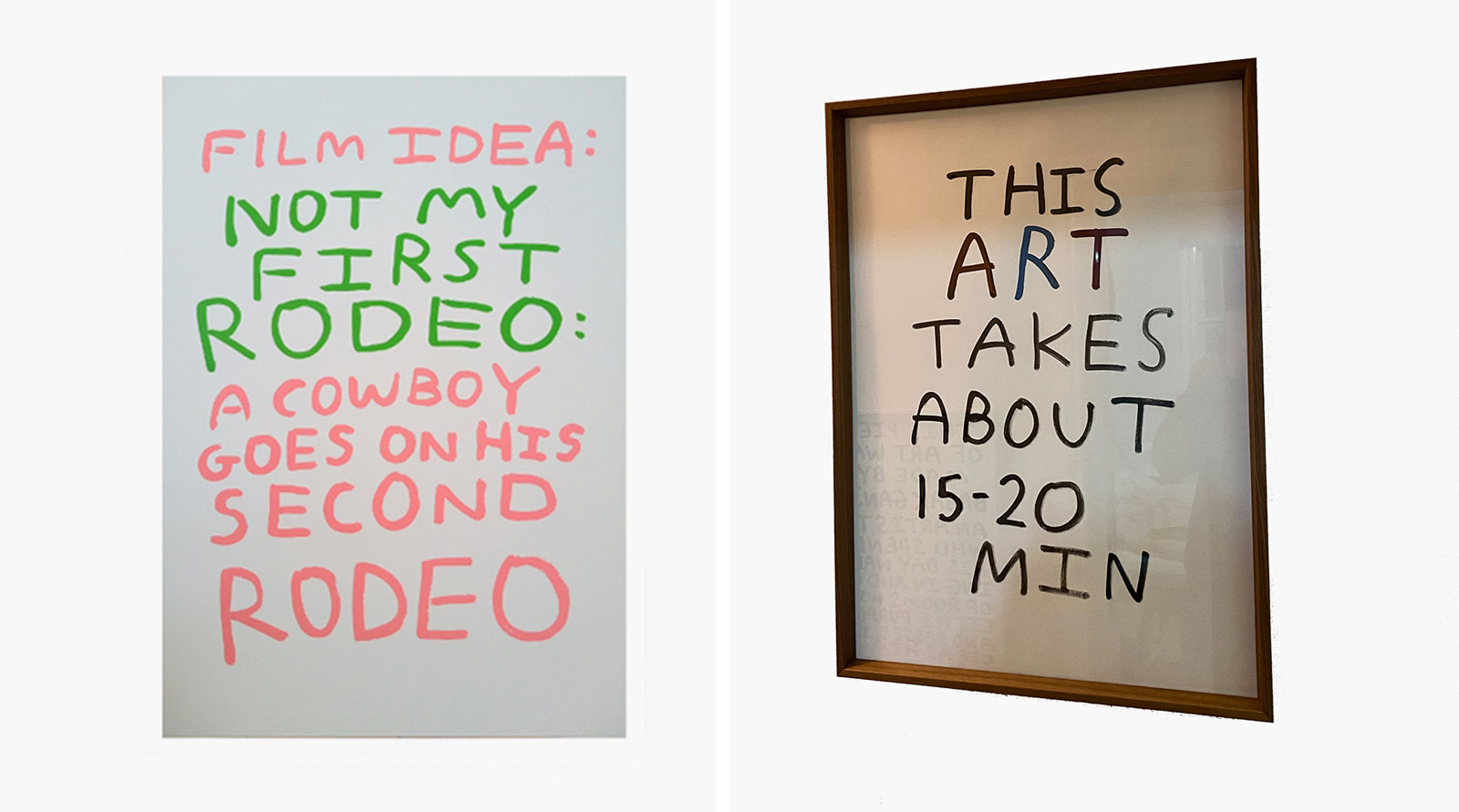 Babak Ganjei: ‘If Instagram went down I don’t know if I’d exist’
Babak Ganjei: ‘If Instagram went down I don’t know if I’d exist’Babak Ganjei’s text-based artwork, currently showcased at Browns East in London, combines sharp observational comedy with endearing honesty
By Hannah Silver
-
 Christo’s final work revealed in Paris: L'Arc de Triomphe, Wrapped
Christo’s final work revealed in Paris: L'Arc de Triomphe, WrappedAhead of the official opening on 18 September 2021, Christo and Jeanne-Claude’s L’Arc de Triomphe, Wrapped has been revealed. At Sotheby’s, an exhibition (17 September to 3 October) captures preparations for the artist duo’s final work
By Harriet Lloyd-Smith
-
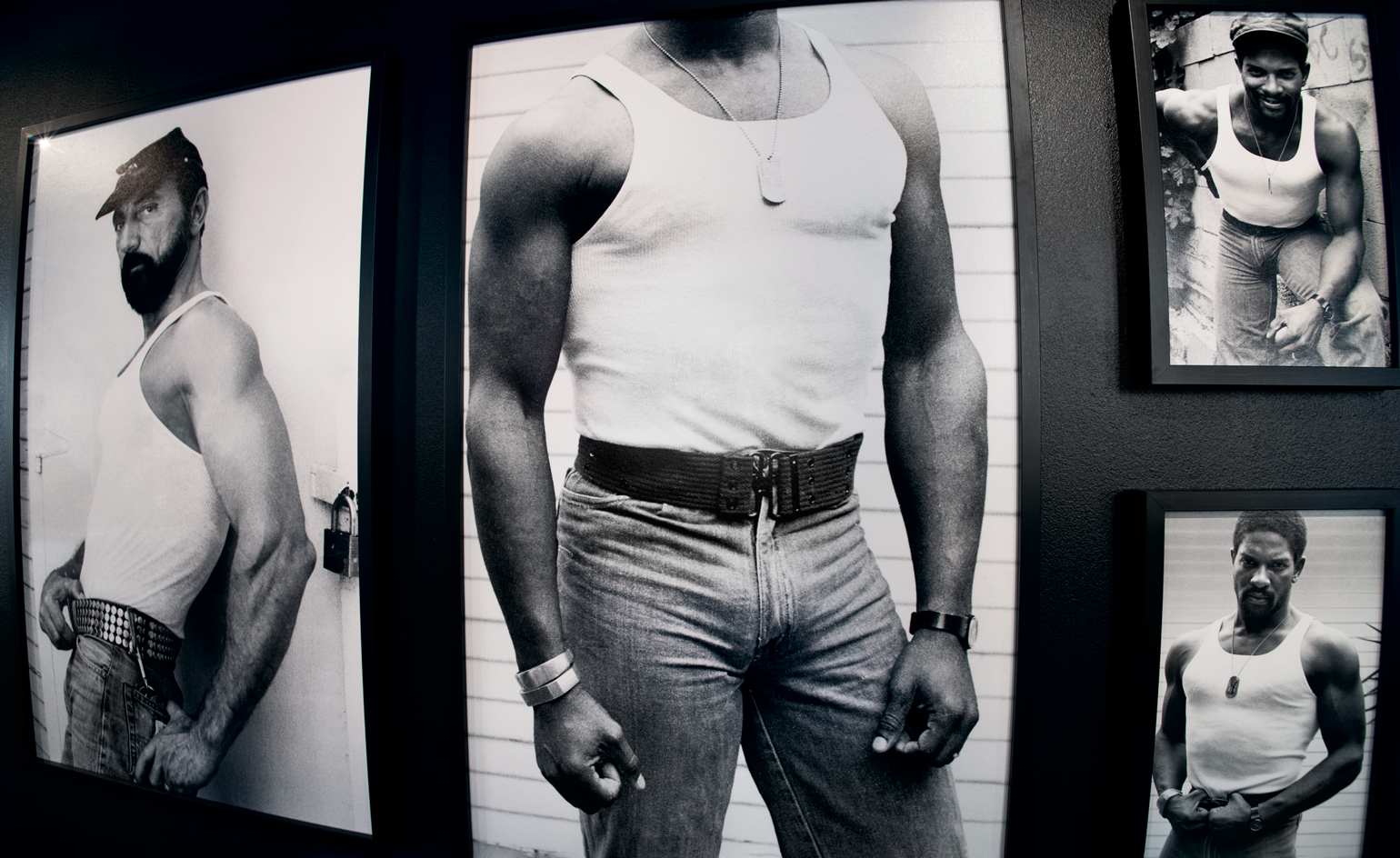 In the darkroom with homoerotic art hero Tom of Finland
In the darkroom with homoerotic art hero Tom of FinlandAt Fotografiska New York, the reference photography for Tom of Finland’s sexually empowered drawings are receiving overdue exposure
By Harriet Lloyd-Smith
-
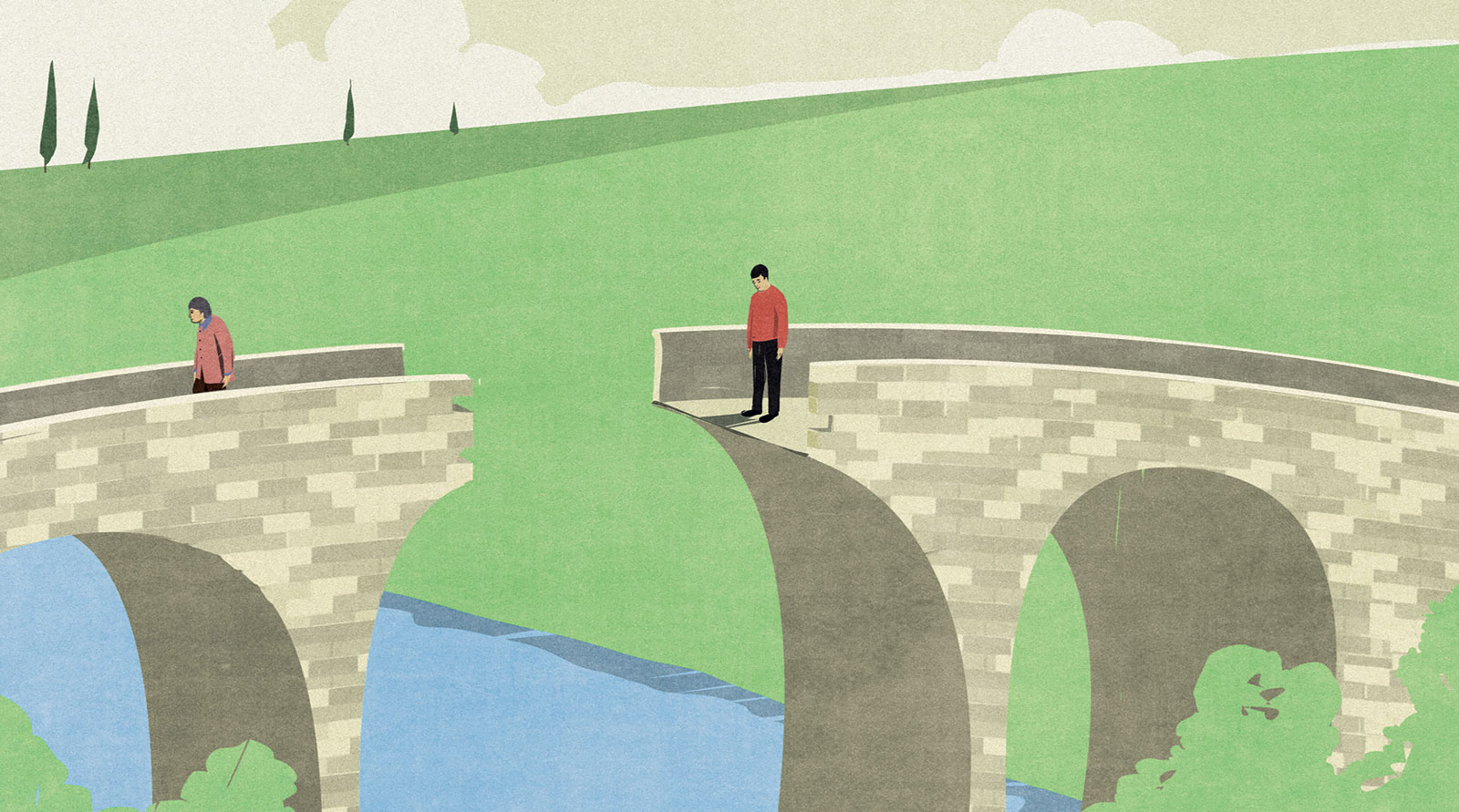 A good death: Andrea Ucini illustrates how to die well
A good death: Andrea Ucini illustrates how to die wellA new illustrated book, How to Die Well, teaches us how to practically and emotionally prepare for death
By Hannah Silver
-
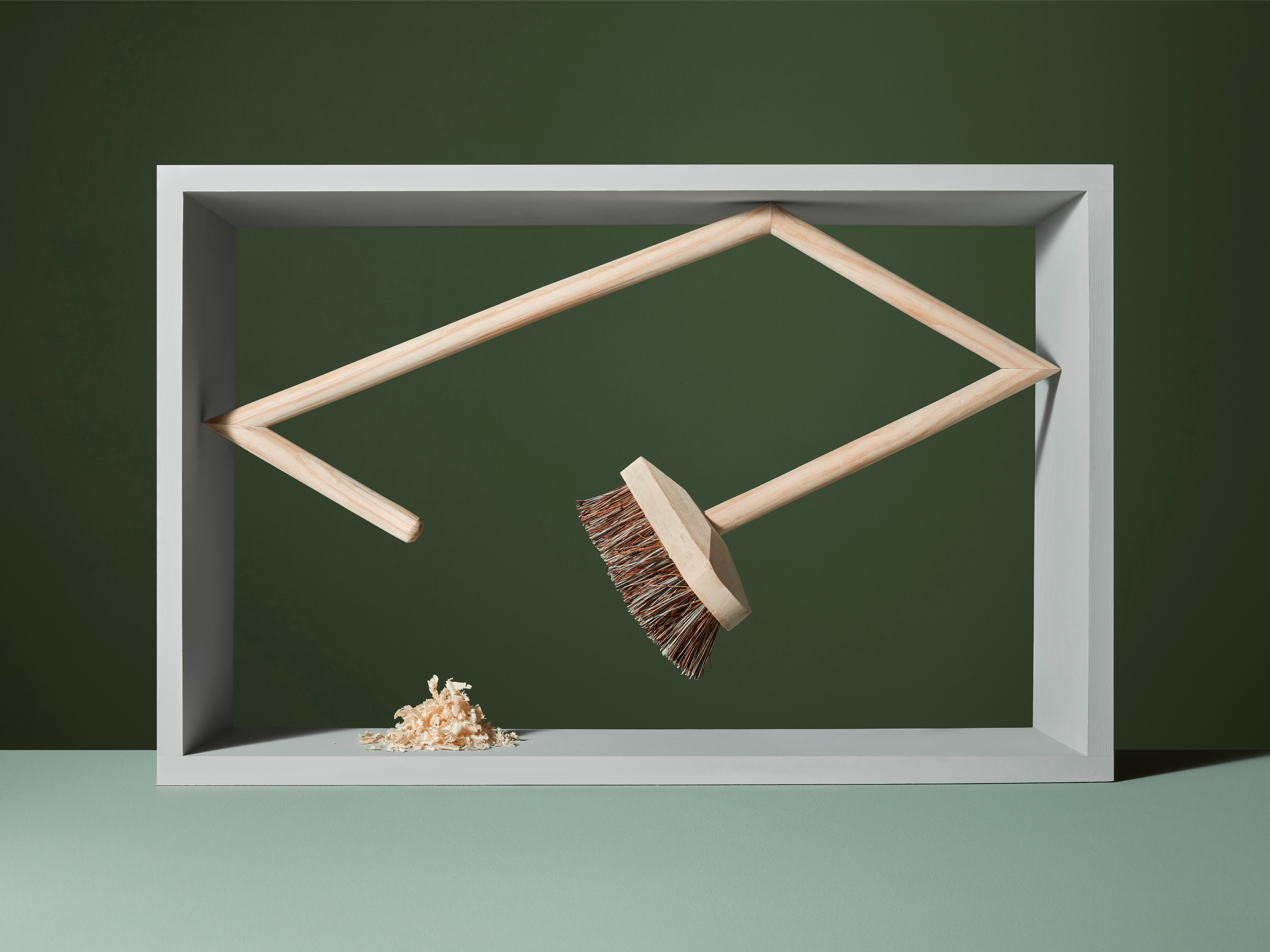 Buy prints online as curated by art directors
Buy prints online as curated by art directors‘Hang Together' is a new online print store and studio created by London-based art directors Dom and Jo Murray-Bell
By Elly Parsons
-
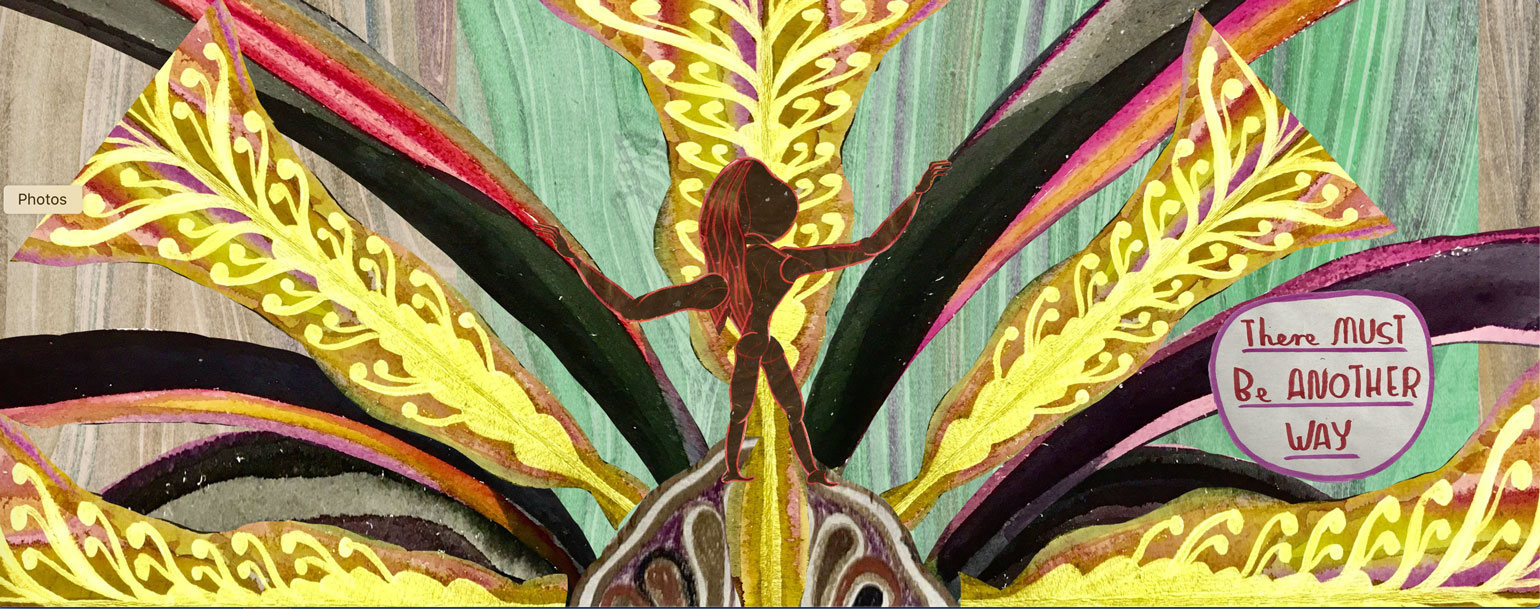 Emma Talbot on optimism, feminism and reconfiguring the roots of power
Emma Talbot on optimism, feminism and reconfiguring the roots of powerThe British artist and winner of the eighth Max Mara Art Prize for Women illuminates Piccadilly Circus with optimism and confronts perceived shame around female ageing
By Harriet Lloyd-Smith
-
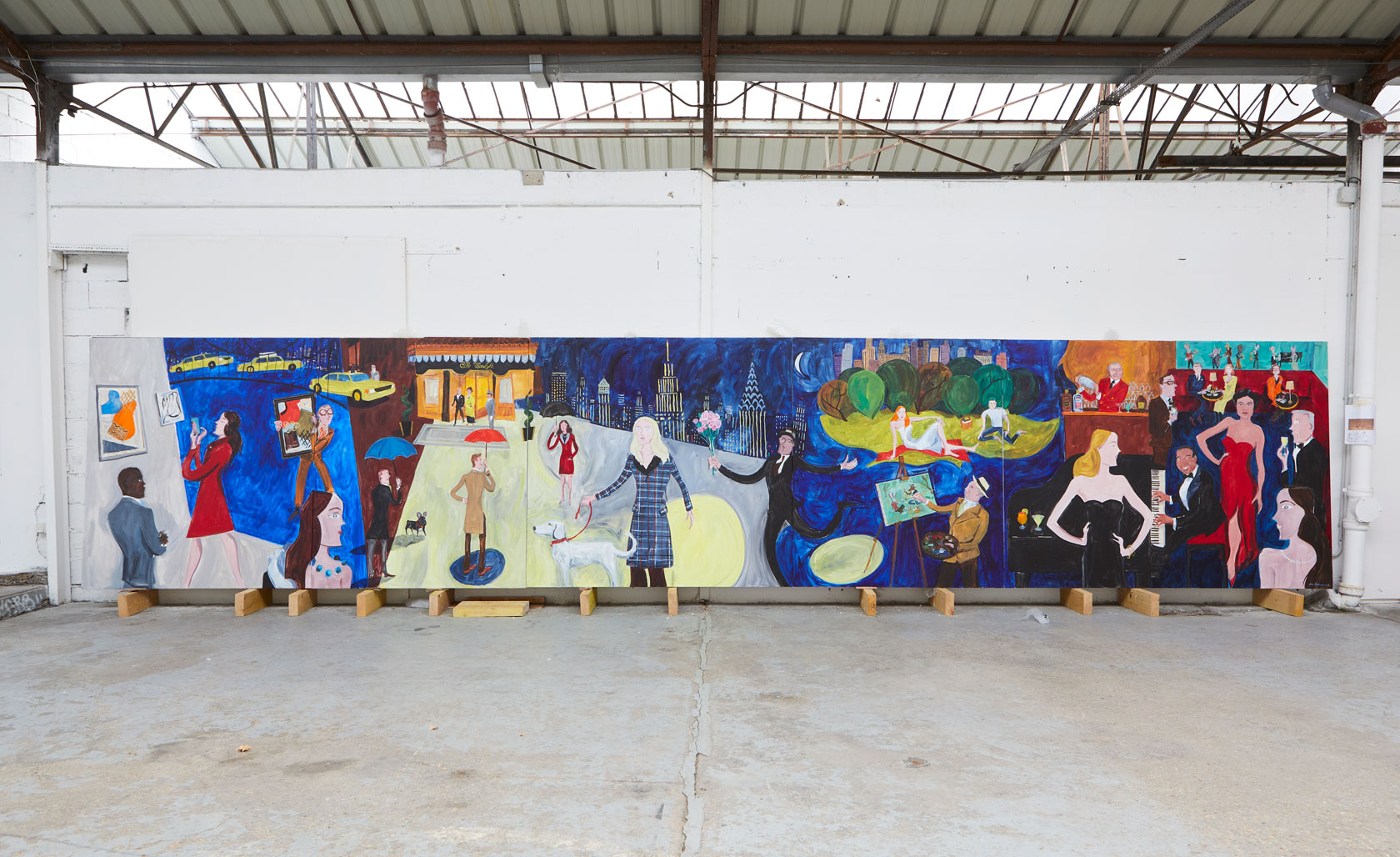 Jean-Philippe Delhomme’s new murals for Carlyle & Co are fairytales of New York
Jean-Philippe Delhomme’s new murals for Carlyle & Co are fairytales of New YorkIn his murals for Hong Kong’s soon-to-open members’ club Carlyle & Co, the French artist takes New York’s iconic Carlyle Hotel as his muse. We go behind the scenes in Delhomme’s Paris studio to watch the works unfold
By Harriet Lloyd-Smith